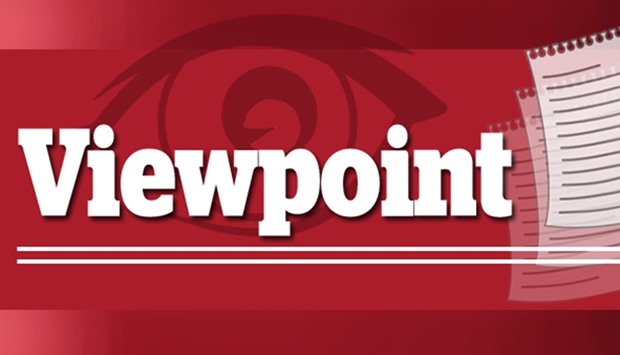Indian Prime Minister Narendra Modi has dominated the politics of the biggest democracy in the world in a way unseen in decades.
In a year dominated by Brexit and Donald Trump’s surprise US election win, India has had its fair share of shock in the surprise ban on November 8 of Rs500 and 1,000 notes, removing 86% of currency in circulation.
Here’s the impact. India started 2016 as the world’s fastest-growing major economy, but the nation now faces a significant slowdown and the delay of what’s been hailed as Modi’s greatest reform – the creation of an integrated marketplace.
The economy is projected to grow 6.5% October-December quarter instead of the 7.8% economists had predicted earlier. Moody’s Investors Service says asset quality at Indian banks – reeling under a pile of bad loans – will weaken, according to a Bloomberg report. Small businesses, the biggest creators of jobs, are estimated to forfeit transactions worth $9bn.
Investors will now focus on the government’s first growth forecast for the year through March – due January 7 – to assess the impact.
In his much-anticipated 45-minute speech on New Year’s eve, after the end of the 50-day period from November 8 he’d asked for to put the house back in order, Modi offered easier and cheaper loans to farmers and small businessmen, but didn’t elaborate on measures to fight graft. Strict caps on cash withdrawals remained in place and Modi didn’t offer a new date for when the cash crunch would ease.
Modi’s surprise cash recall has thrown into turmoil the $2tn-plus economy in which cash transactions account for a huge 90% of the total. The “masterstroke” was targeted at the deep-rooted problem of “black money” as well as the rampant usage of counterfeits to fund terrorist activities, which together account for 20% to 25%, or up to $500bn, of the economy, according to various estimates.
Consumer spending makes up nearly 60% of India’s economy. With a small stock of smaller denomination notes available amid a seemingly never-ending struggle to get hold of enough new bills, consumers are holding back.
The demonetisation step, however, will have a significant impact on financial inclusion and could trigger an interest-rate reduction, according to experts. Flush with deposits, many Indian banks have already announced cuts in loan lending rates. Slowing inflation allowed a panel led by Reserve Bank of India governor Urjit Patel to lower the benchmark rate to the lowest in more than five years in October. A further reduction by the RBI would help revive stalled infrastructure projects, say analysts.
Modi, who still enjoys higher approval ratings – most importantly an “incorruptible” public image – seems willing to take risks to implement his vision of a modern India: Free of corruption, cashless economy and fewer internal trade barriers. But his biggest challenge in 2017 will be reviving the economy. He also has to fight a decisive election in India’s largest state and roll out a national goods-and-services tax.



